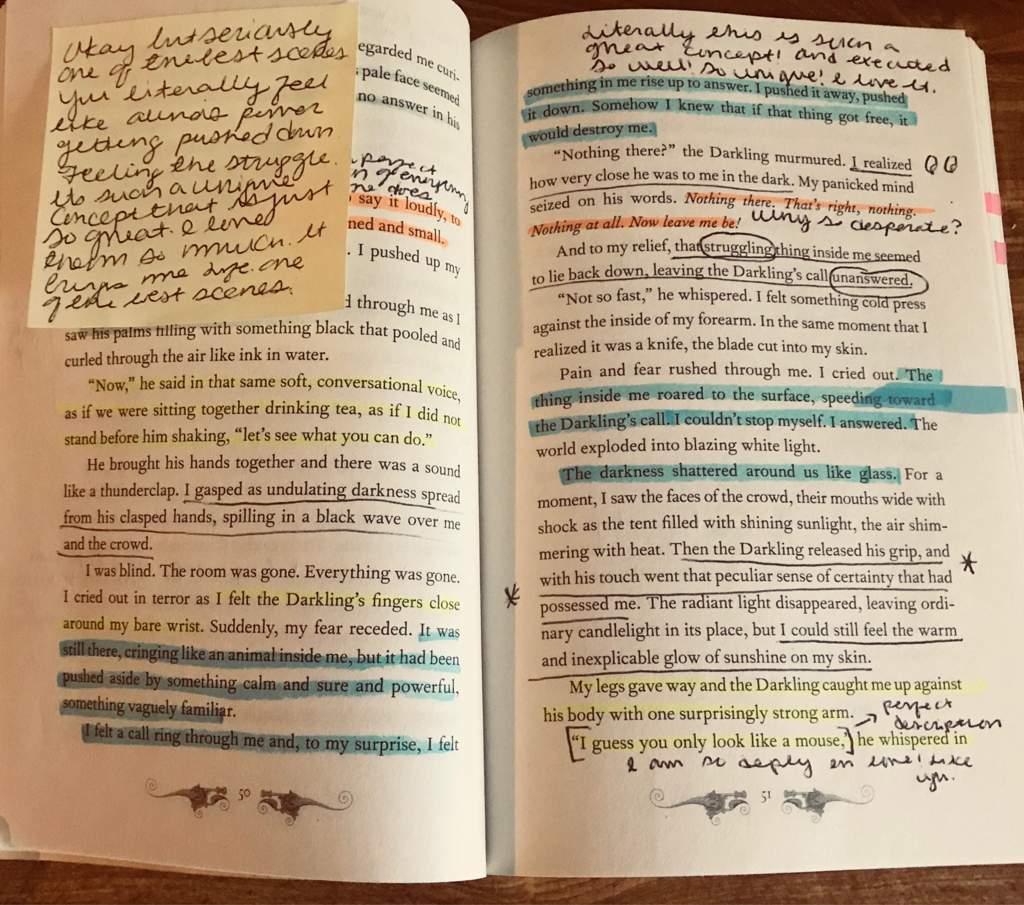

When I pick the book up again, I re-read every scribble, underline, and comment I’ve made (assuming I can still read my writing). I put the book on my desk and I won’t touch it for anywhere from a few days to a week. But I write them down.Īt the end of each chapter, I write a few bullet points that summarize what I’ve just read. When I’m done, I write a brief summary of the entire book and then I do something few other people do. Maybe I’ll need to find another book to answer them. I try to tease out assumptions, etc.Įssentially, I’m trying to engage in a conversation with the author. Maybe my questions will be answered on the next page or in the next chapter. I underline anything that strikes me as interesting. I star points that I think are critical to the argument. I know where the author is going to take me and the broad strokes of how they will bring me along. This way, when I start reading a book, I have an idea what it’s about, the main argument, and some of the terminology involved. I tend to blend inspectional reading and analytical reading together for most books. This isn’t my term, Mortimer Adler, a guy who literally wrote the book on reading, came up with it. Adler says there are four levels of reading. This filter is a form of systematic skimming. If it seems crappy, I’ll flip to a few random pages to verify. Maybe it doesn’t contain the information I’m trying to gain.

Often, I’ll glance over the index too. This doesn’t take long and often saves me time, as a lot of books do not make it past this filter. Step One.The first thing I do when I pick up a book is read the preface, the table of contents, and the inside jacket.
#BEST WAYS TO ANNOTATE A BOOK TRIAL#
You’ll have to do a bit of trial and error and take what works for you. Like almost everything in life, there is no magical answer that fits everyone.

Learning something new as an adult is a function of consuming information ( what you read and how you read), the information you retain, and your ability to put what you learned into practice (recognize patterns). For this, I use a simple three-step note-taking process that scales up to 150 books a year. The way you take notes depends on the reason you’re taking notes. If you’re studying for an exam your notes are going to look different than if you’re reading for entertainment. The first step to taking notes is to figure out why you are taking notes. So we never really learn a system for taking notes that we can use as adults.
#BEST WAYS TO ANNOTATE A BOOK HOW TO#
However, when we’re taught how to read read, we’re not allowed to write in books. And taking notes while reading can supercharge all of these things if you do it right. Often what people are really getting at is how can I better focus, retain, and use what I’m reading. I’ve been asked to how to take notes while reading a lot.

Most of these will be garbage but there will be lots you want to remember. Pick up the book again and go through all your notes.When you’re done the book, put it down for a week. At the end of each chapter write a few bullet points that summarize what you’ve read and make it personal if you can - that is, apply it to something in your life.There are three steps to effectively taking notes while reading:


 0 kommentar(er)
0 kommentar(er)
